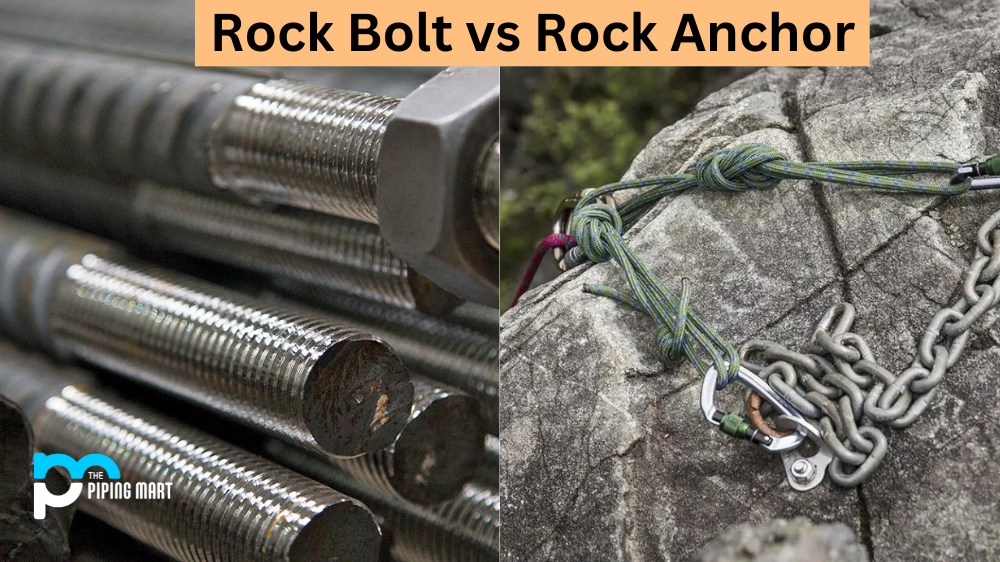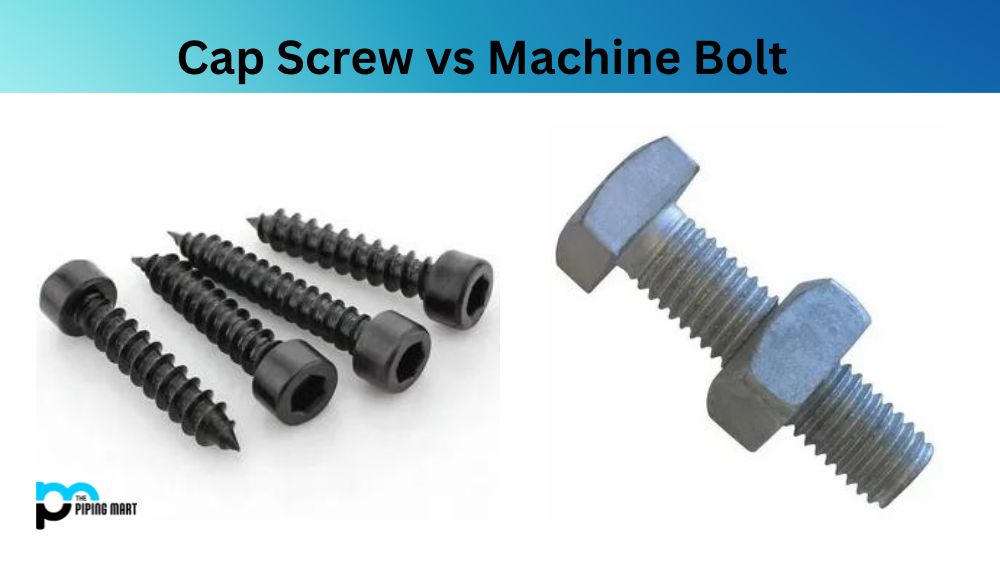If you work in mining, construction, or any other industry where rock excavation is involved, then you’ve probably heard of rock bolts and rock anchors. But what exactly are they? And how do they differ from each other? In this blog post, we’ll be exploring the differences between rock bolts and rock anchors to help you better understand these two essential pieces of equipment.
What is Rock Bolt?
A rock bolt is an anchor that’s used to stabilize walls or ceilings in underground excavations. It’s made up of two parts—a threaded end and a free end—and it’s typically installed into a borehole that has been drilled into the ground. The threaded end is then secured to either another part of the wall or ceiling or another piece of equipment, such as scaffolding. Rock bolts can be used to secure both natural and man-made structures.
What is Rock Anchor?
Rock anchors are similar to rock bolts in that they’re also used to provide stability during excavation; however, unlike rock bolts, they require more complex installation procedures. A hole must first be drilled into the ground before the anchor can be inserted. The anchor then needs to be hooked up to additional components above ground (such as rods), which will provide tension when it’s tightened down after installation. This tension helps keep the anchor in place while providing extra strength and support for whatever structure it’s connected to.
Difference Between Rock Bolt and Rock Anchor
- Rock anchors are typically used in more demanding situations where extra stability is needed (such as when working with unstable terrain). They can also be used underwater if necessary, making them ideal for projects involving hydraulic engineering or marine construction work.
- Rock bolts are used to stabilize rock faces in mines and tunnelling operations.
- Rock anchors are used to stabilising buildings and other structures against seismic activity or high winds.
- Rock bolts are made from steel, while rock anchors can be made from steel or concrete.
- Rock bolts are installed by drilling a hole into the rock face and inserting the bolt, while rock anchors are installed by drilling a hole and inserting the anchor into the hole.
- Rock bolts can be used in both horizontal and vertical applications, while rock anchors are typically only used in vertical applications.
- Rock bolts are typically less expensive than rock anchors.
Conclusion:
In conclusion, there are some key differences between rock bolts and rock anchors that need to be taken into consideration when deciding which one is best for your project. Both are essential pieces of equipment for anyone working with underground excavations; however, if your project requires extra stability or if you need something that can withstand underwater conditions, then it may be best to opt for a rock anchor instead of a standard rock bolt. Understanding these differences will ensure that you make the right choice when selecting equipment for your next excavation job!

Pipingmart is a B2B portal that specializes in metal, industrial and piping items. Additionally, we share the latest information and information about materials, products and various types of grades to assist businesses that are involved in this business.




